Grow your own tomatoes: What to plant, when to plant them and how to make sure they thrive
Nothing beats the flavour of homegrown tomatoes, whether you like them large and meaty or tiny and juicy. Mark Diacono has the lowdown on how to do it and which varieties to choose.
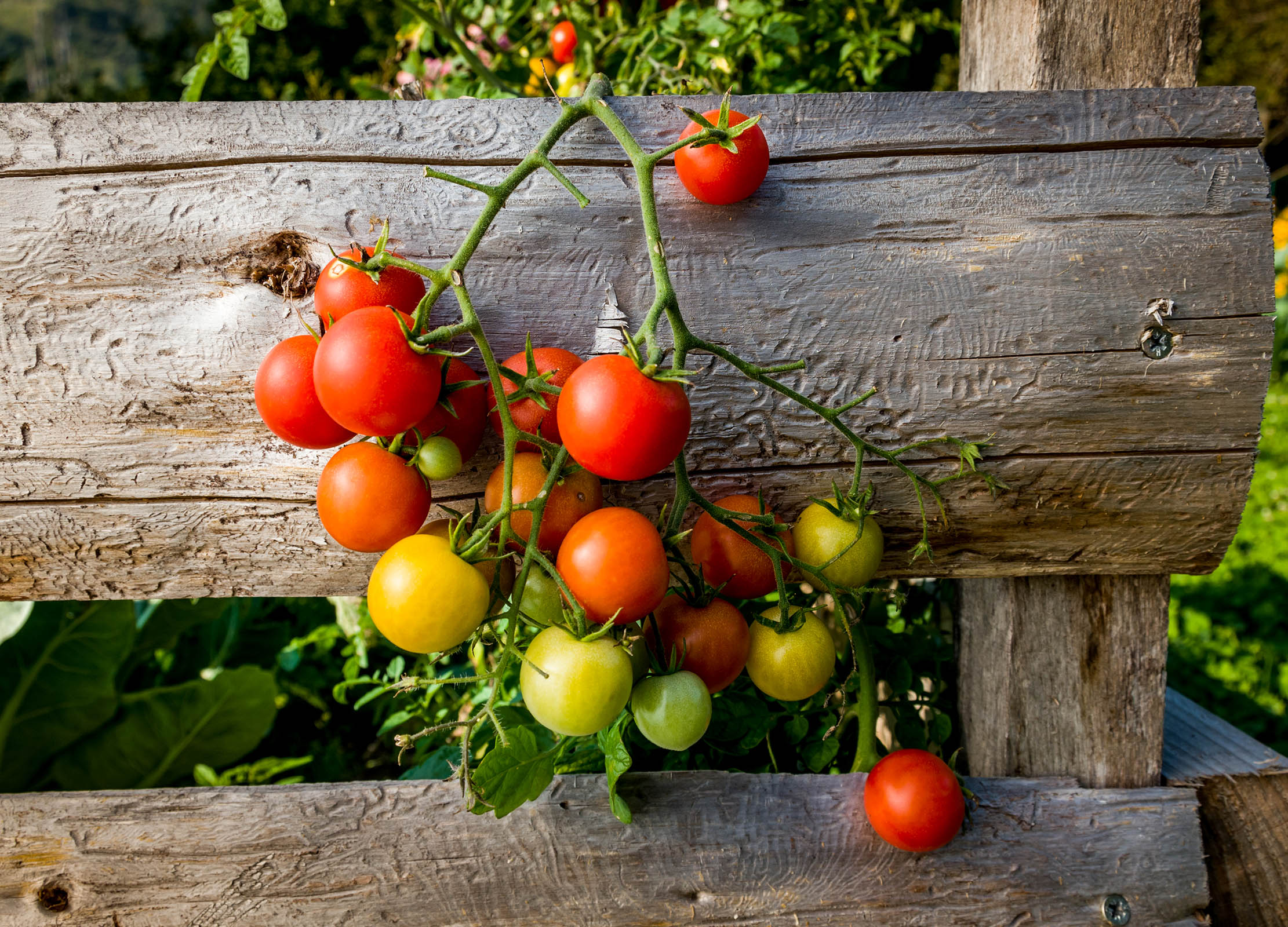

With every summer that passes, the UK-grown tomatoes that reach our shops seem more delicious. Although our warming climate might be partly to blame, it’s also down to producers exploring different varieties and methods, as well as minimising the time and distance from plot to plate. Nonetheless, there’s no denying that a British tomato in summer’s height can be quite something and I urge you to seek them out when buying.
To my tastebuds there’s nothing quite like the fullness of flavour in a soil-grown tomato (I can really taste the difference) and, if you want the very best in flavour, you should grow them yourself—not to mention that it’s handy at a time when global supply is falling short. Choose the ideal variety for you and harvest the fruit when it’s perfectly ripe—with the added advantage that the food miles are likely to be a few feet.
As well as the taste of homegrown tomatoes, there is the pleasure of experience: you’ll see them go from seed to plate, from winter’s chill to summer’s sun, and also be able to place yourself at the centre of that joyful cloud of tomato-leaf scent that sets the senses alight.
What makes a good tomato?
I lost an afternoon last summer chatting with a friend about what makes a superb tomato. As do many gardeners, we agreed and disagreed about plenty, but felt that even the best variety could be lost to mediocrity by premature picking — harvesting at perfect ripeness is crucial to fullness of flavour and a pleasing texture.
A thin skin and intensity of flavour are essential in cherry-tomato varieties: ‘Sungold’, ‘Gardener’s Delight’ and ‘Honeycomb’ are sublime because the sweetness of each is laced with exactly the right acidity to set it off perfectly.
As for large tomatoes, of the kind that you might enjoy sliced, the best not only have a full flavour, but also a meatiness and firm texture when ripe, holding their shape with no threat of collapse. Our favourite mid-sized tomatoes — certainly those you hope to cook or preserve — should surrender to a sauce without too much persuasion.
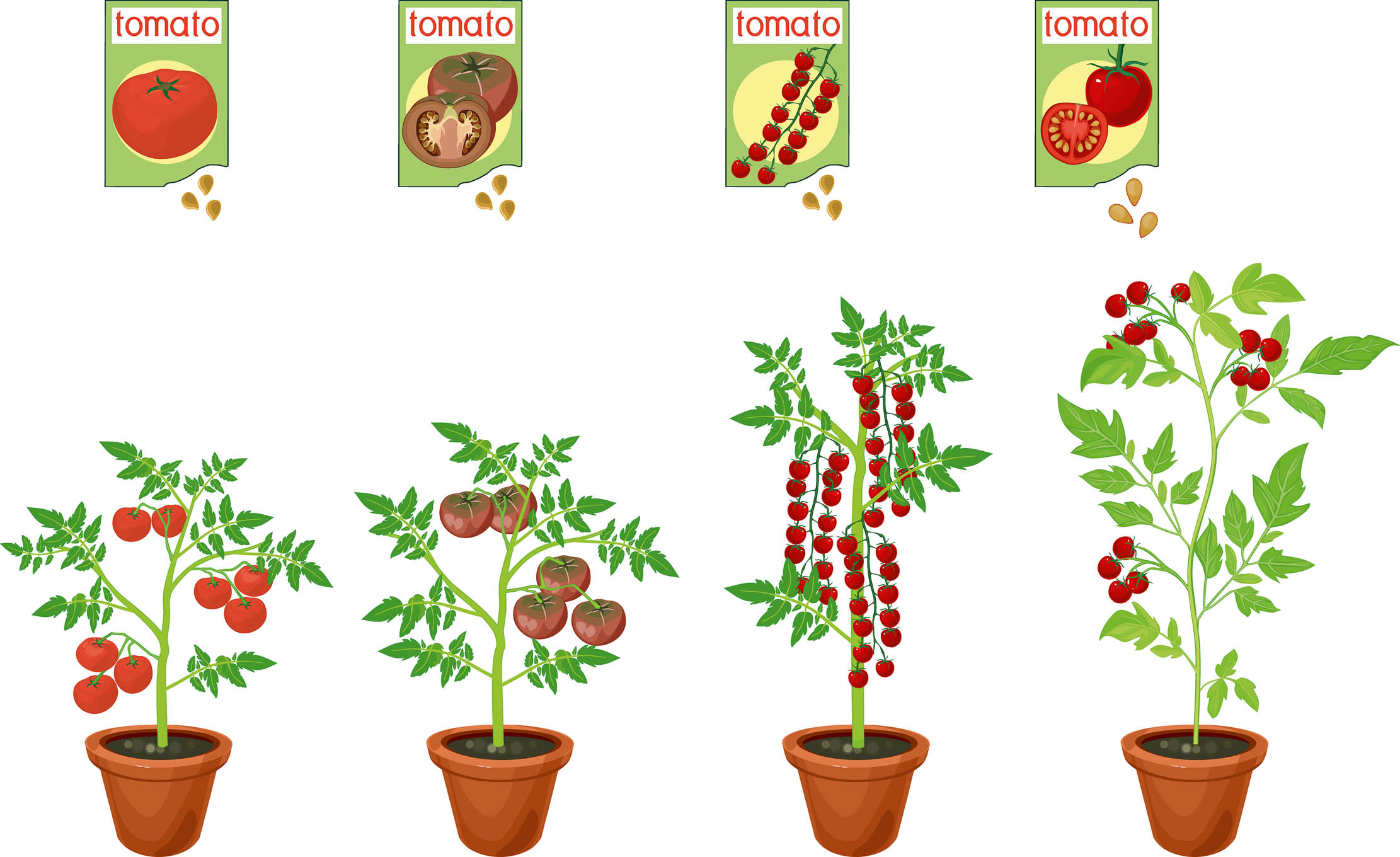
How to grow your own tomatoes
Tomatoes need light and heat, plus a steady flow of water and nutrients, to do well. They also need a long growing season: start sowing when your fingers are cold and summer seems a distant impossibility. Valentine’s Day is my date of choice, but you can get away with sowing into March if you can bear the likelihood of later-ripening fruit.
Exquisite houses, the beauty of Nature, and how to get the most from your life, straight to your inbox.
I favour Jiffy 7s for sowing. These small discs of coconut husk are easy to handle, expand to tall cylinders when wet, have exactly the right reservoir of resources to see the seed through its initial phase, allow you to move and transplant each seedling independently of the others, and ensure you can minimise root disturbance when potting on.
Soak the Jiffy 7s to bring them to size and sow one seed in each. Germination can take up to a month: 27˚C is the best temperature for this. A heated propagator is ideal; an airing cupboard will do, as long as you take the seedlings into the light at the first hint of growth.
Once germinated, a temperature of 21˚C during the day and 17˚C at night is optimal: you can adjust the temperature with the propagator if it has a thermostat or you can approximate this by placing your seedlings on the sunniest window sill, preferably near a radiator.
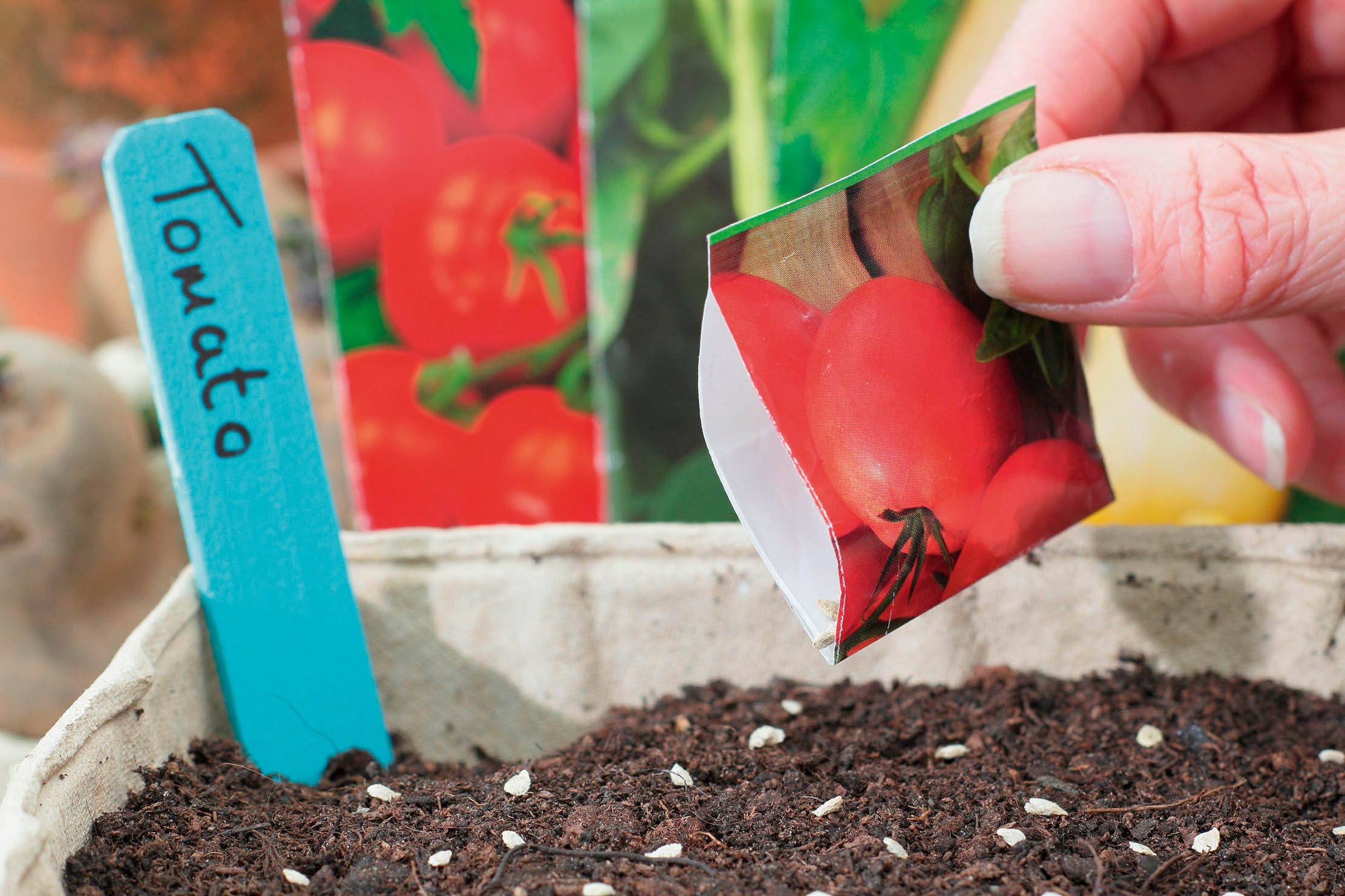
How often should you water tomatoes?
Water little and often, ensuring that the compost never completely dries out from the moment you sow. I fill a jug every day and let it come to room temperature before use, to avoid chilling the compost and shocking the plant.
When the roots fill the Jiffys, it is time to transplant them. Water well so that some of the compost stays attached to the roots, cut and remove the netting and move the seedlings into 10cm pots (just under 4in), planting to a depth a fraction below the initial seed leaves.
From this moment, as well as watering little and often, use a fortnightly liquid balanced plant feed (buy it from a garden centre or make your own using nettle leaves) to encourage steady growth.
Plant the tomatoes in their final location when they are 20cm (about 8in) or so tall, with flowers starting to open on the lowest truss: this is about two months after sowing. Allow 60cm (23½in) between plants grown in the ground or use a 22cm (just under 9in) pot. A few handfuls of pelleted chicken manure in the pot or planting hole provides an excellent supply of slow-release nutrients.
Can you grow tomatoes outside in Britain?
Even in our shifting climate, growing tomatoes outside is something of a gamble. If you go for it, give the plants the sunniest, most sheltered spot you have. Sowing early helps give them a long season to ripen fruit, but if at all possible, grow tomatoes under cover. A greenhouse or polytunnel is ideal: the warmer temperature and light from all directions encourages good development and avoids leggy or skewed growth. A sunny window sill can work well, as long as you turn the pot every other day to keep the plant growing evenly. I like to use three-litre pots as this effectively ‘bonsais’ the plant, keeping it manageable, but productive.
All that said, the optimist in me risks at least a dozen plants outside every year. Experience has taught me two things: outside, cherry tomatoes are most reliably productive, needing less sun than larger tomatoes for each fruit to ripen, and darker varieties of larger tomatoes (‘Black Krim’, for example) tend to ripen more consistently, I presume because their colouring absorbs more heat.
Tomatoes need support: canes for tying the taller cordon varieties (single-stemmed plants, sold as ‘indeterminate’ varieties) or netting and/or a few shorter sticks for bush varieties (also known as ‘determinate’ varieties).
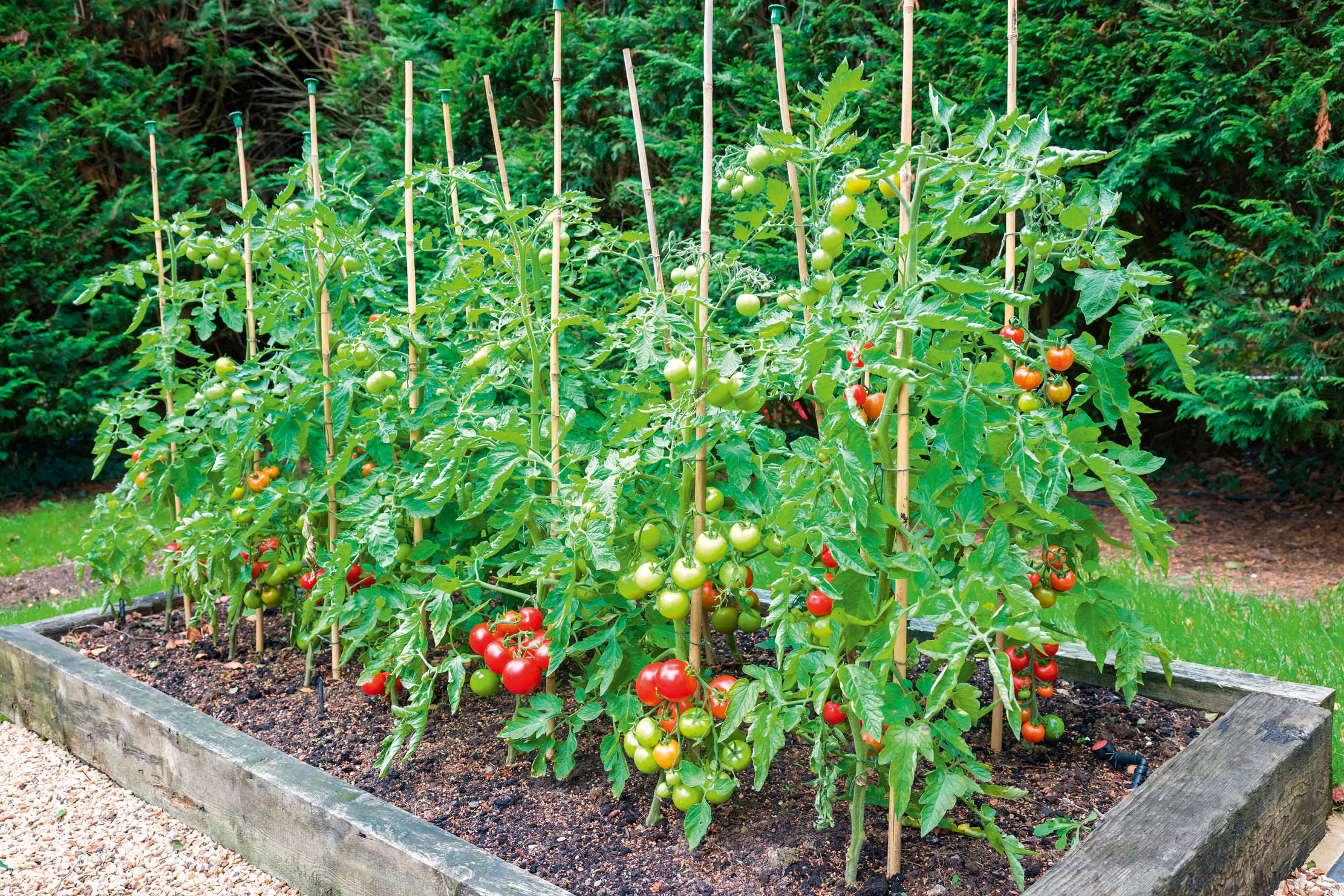
Tomatoes have one set of roots at the surface for feeding and another deeper set for drinking: so, as well as continuing to water little and often, use comfrey tea or a bought high-potassium liquid feed every week, having watered first, as this stops the feed soaking down to the lower roots. Avoid heavy and infrequent watering, or split fruit will be your reward.
Best places to buy tomato seeds and plants
- Real Seeds for a wide and unusual range, from tomato bushes and cherry tomatoes to large tomatoes — www.realseeds.co.uk
- Otter Farm for a short range of superb varieties — www.otterfarm.co.uk
- Garden Organic, the home of the Heritage Seed Library, for keeping rare varieties alive — www.gardenorganic.org.uk
- The Organic Gardening Catalogue offers a fine range of seedlings, with some grafted varieties available — www.organiccatalogue.com
- Sarah Raven is a great source of seedlings, too — sarahraven.com
Shoots will develop in the shoulder joint between the stem and the main leaves, taking valuable resources, increasing shade and reducing air circulation: they pinch off easily with a sideways twist and can be composted.
If you are growing outdoor tomatoes, consider cutting the top of the plant off when six trusses have set fruit to focus energies on the fruit; some people do this with plants grown undercover, too. Indoors or out, I recommend pulling off any leaves shading the tomatoes as they ripen; this lets the light at the fruit and promotes air circulation, reducing the chance of disease. Don’t go overboard: you need to balance leaving plenty of leaves with getting the sun and air to your fruit.
If you missed the February-to-March window to sow or any step doesn’t go to plan, or perhaps you are new to growing tomatoes and want to sidestep the tricky early stage, invest in seedlings. Friends, neighbours, farm shops, plant sales and online suppliers are all potential sources.
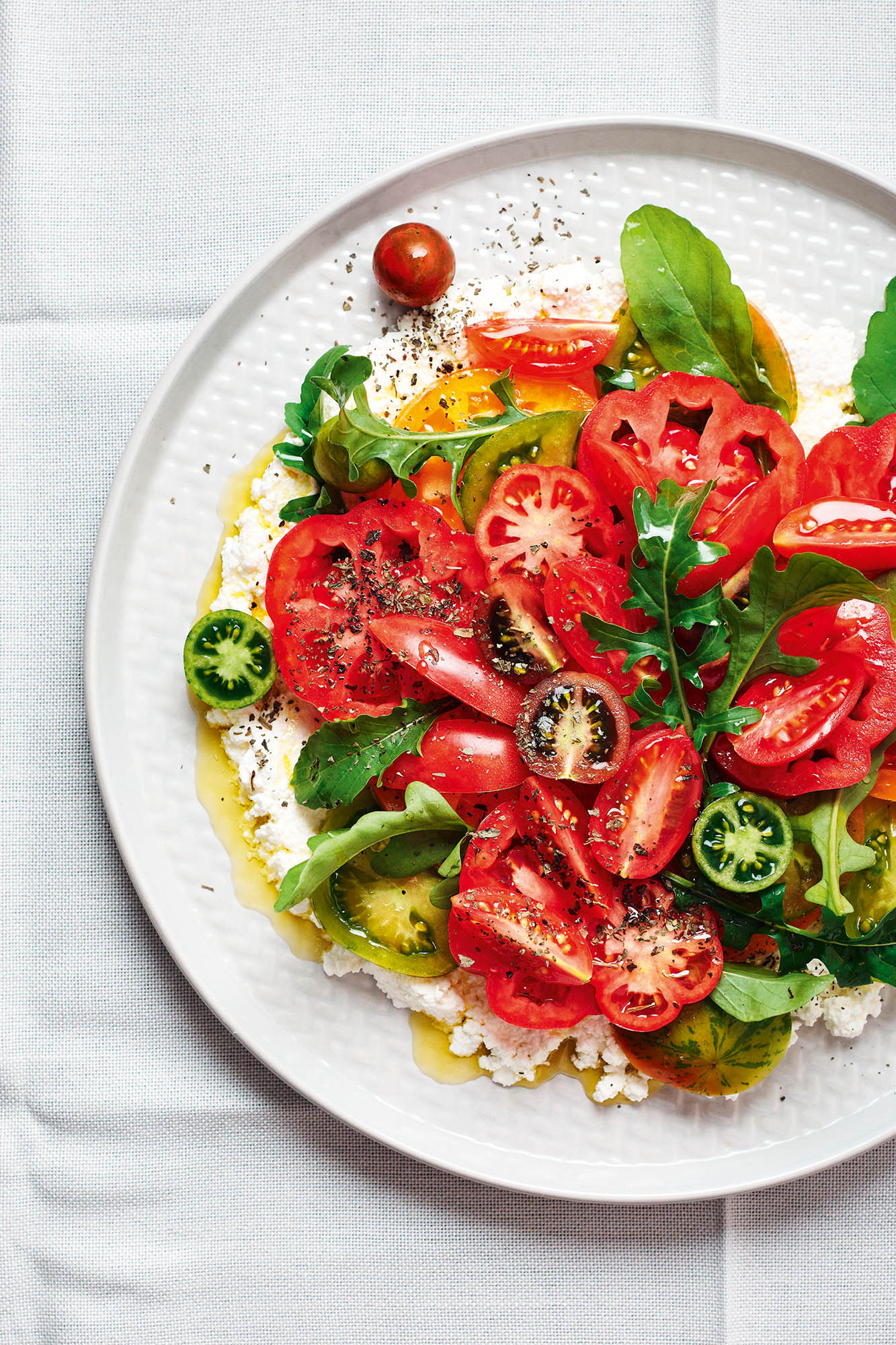
The best tomato varieties to grow at home
As with any fruit and vegetable, the choice of best varieties is highly personal: I offer my favourites from many years of growing in the hope you might like a few.
I am a great believer in always growing at least four varieties of anything each year: this provides insurance against pests, diseases and suitability to your conditions, which may favour some plants more than others. It also allows you to try a range of types (in the case of tomatoes, perhaps cherries, mids and larger) and also one or two new varieties.
Openness to cultivars you’ve not grown before is, to my mind, essential: although I always grow a few absolute favourites, inviting other varieties into the garden keeps it a place of experimentation; and, who knows, I might be rewarded with a new favourite, as I was a few years ago when I tasted ‘Honeycomb’ for the first time.
Best cherry tomatoes to grow in your garden
- ‘Honeycomb’—an outstanding golden cherry tomato, with a truly superb sweet, honeyed flavour. It’s prolific, too—a yield of 35–40 tomatoes per truss is perfectly usual
- ‘Sweet Aperitif’—a highly productive, pinky-red tomato bred from ‘Gardener’s Delight’. Sweetness and acidity in perfect balance
- ‘Black Cherry’—a wonderful Russian variety that does well outdoors, with an abundance of sweet, earthy, deep-red fruit with dark markings
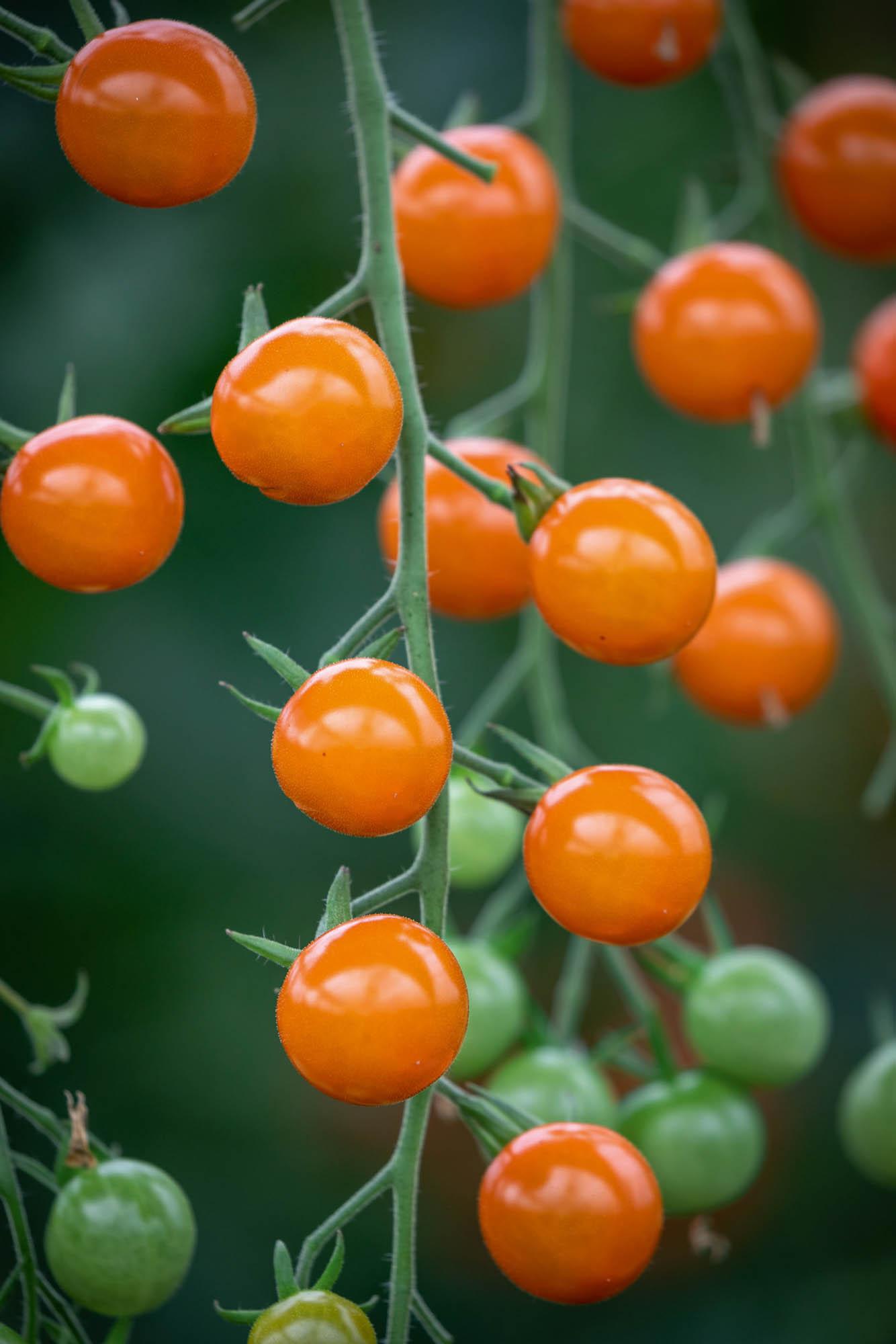
Best mid-size tomatoes to grow in your garden
- ‘Shimmer’—a superb, small, almond-shaped plum tomato, as succulent as it is delicious. It’s very productive, too: yields of 300–350 tomatoes a season are not uncommon
- ‘San Marzano’—the classic Italian plum tomato that’s hard to better for cooking. Very meaty, with little water, few seeds and a bold, sweet flavour
- ‘Green Zebra’—extraordinary as these yellow fruit with green stripes look, it’ll be their bright tangy flavour you remember them for
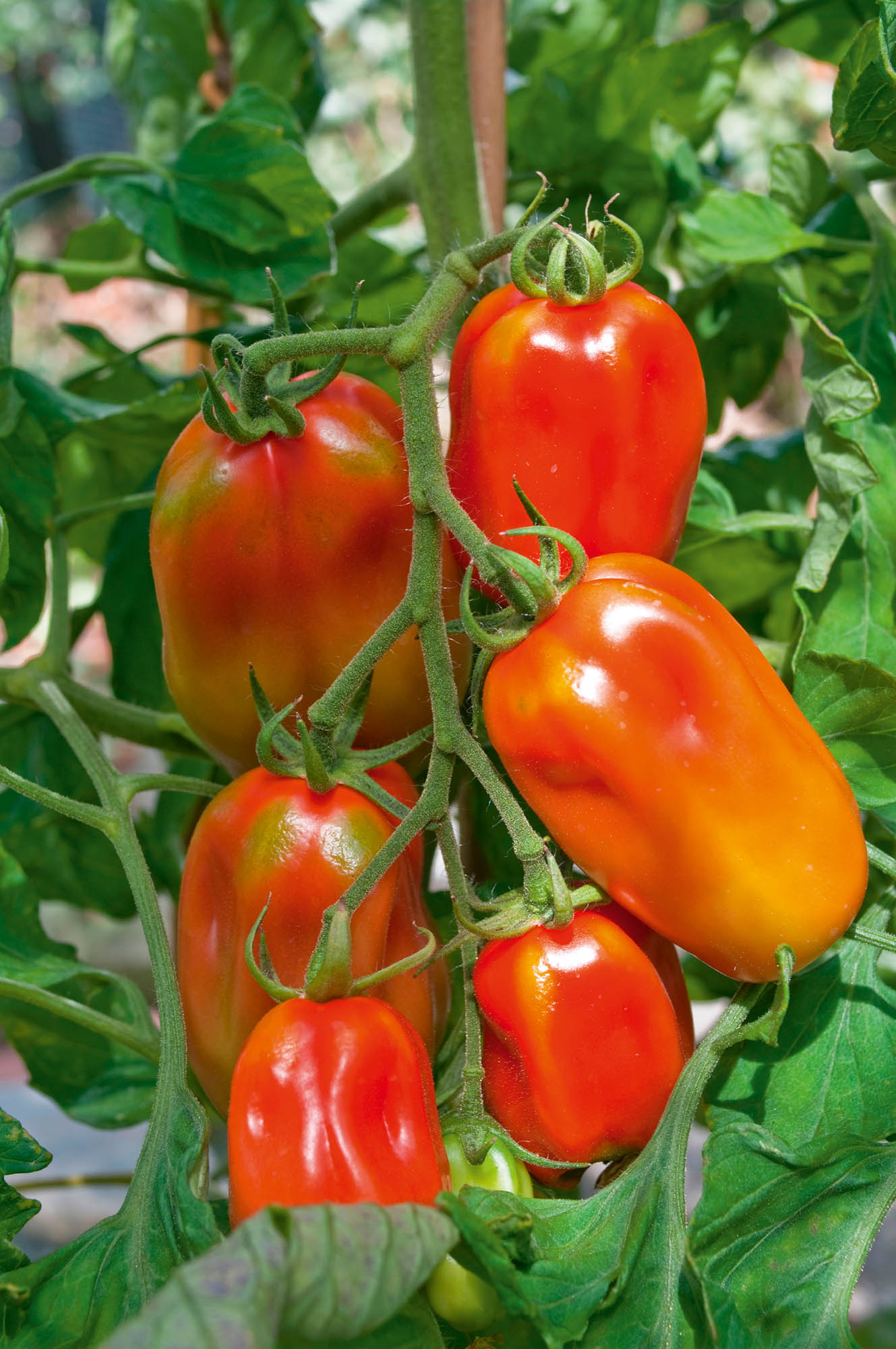
Best large tomatoes to grow in your garden
- ‘Costoluto Fiorentino’—a classic Italian beefsteak that’s typically deeply incised and rather beautiful. Meaty, delicious and great for slicing or cooking
- ‘Black Krim’—a juicy beefsteak, ripens dark red-purple to black, with an intense, rich flavour
- ‘Brandywine’—a wonderful, productive US heirloom variety, with a deep flavour and luscious texture

Where to buy tomatoes if it all goes horribly wrong
There are no guarantees in gardening — in either quality or quantity — but if you want to get hold of quality tomatoes from elsewhere, there are plenty of options.
Farm shops and local box schemes are the likeliest source of delicious tomatoes through the summer months: they can be picked at perfect ripeness, without fear of damage caused by long transportation. If you are after tomatoes sent to your door, including in the months outside peak home-harvesting season, here are three places to check out
- Abel & Cole Delicious organic tomatoes, fed with natural fertiliser, free from pesticides, grown just north of London — www.abelandcole.co.uk
- The Tomato Stall Home of Isle of Wight tomatoes, grown in the sunniest part of the UK, and sold in 3kg boxes (about 6½lb) of mixed varieties from the 40-plus cultivars that produce in all but the coldest months — www.thetomatostall.co.uk
- Natoora For imported tomatoes during the coldest months, of superb quality, although not the cheapest — www.natoora.com
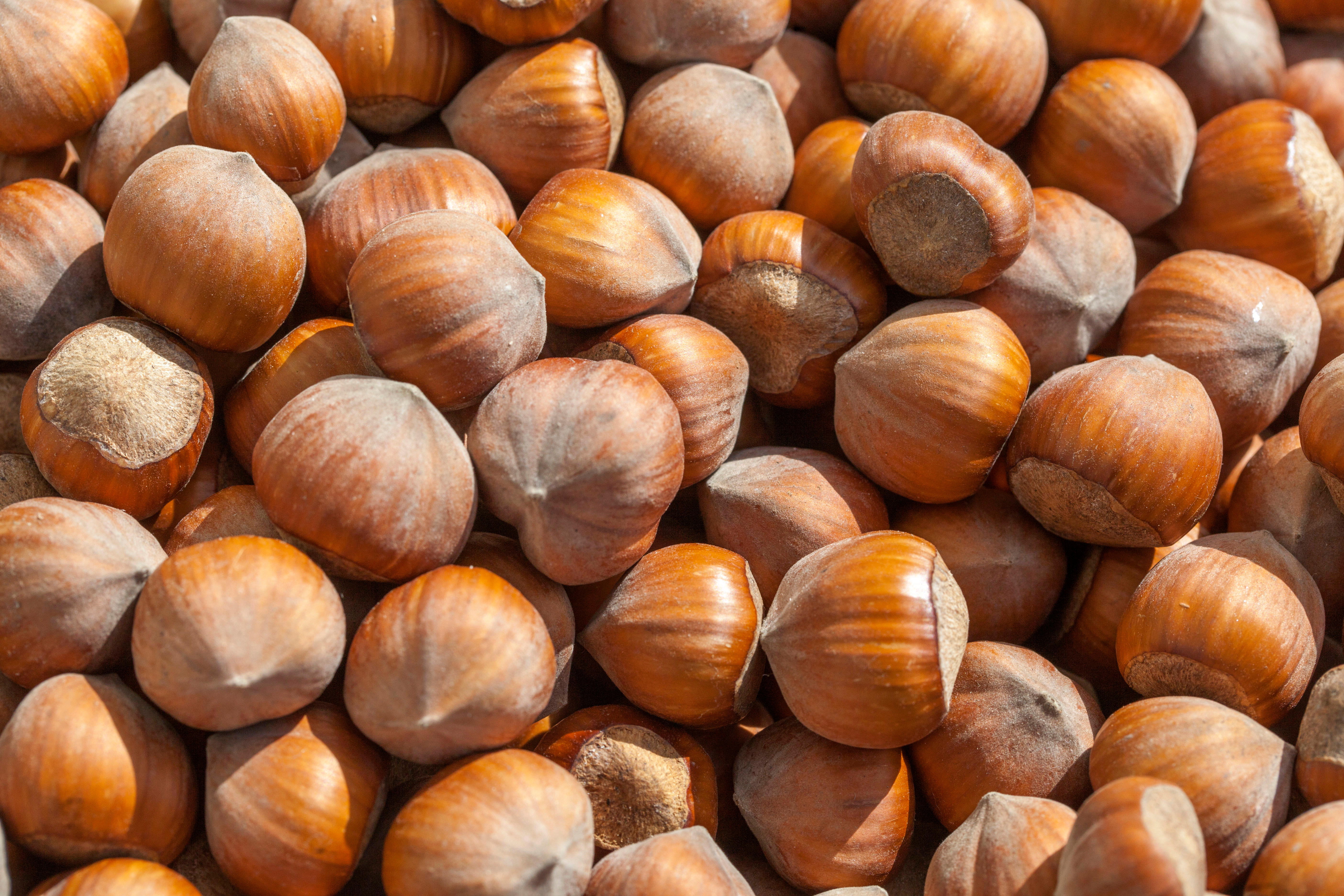
Mark Diacono: How to grow your own hazelnuts (and why you'll find it rather easy)
Our resident grow-your-own expert Mark Diacono gives his tips on the surprisingly easy hazelnut.
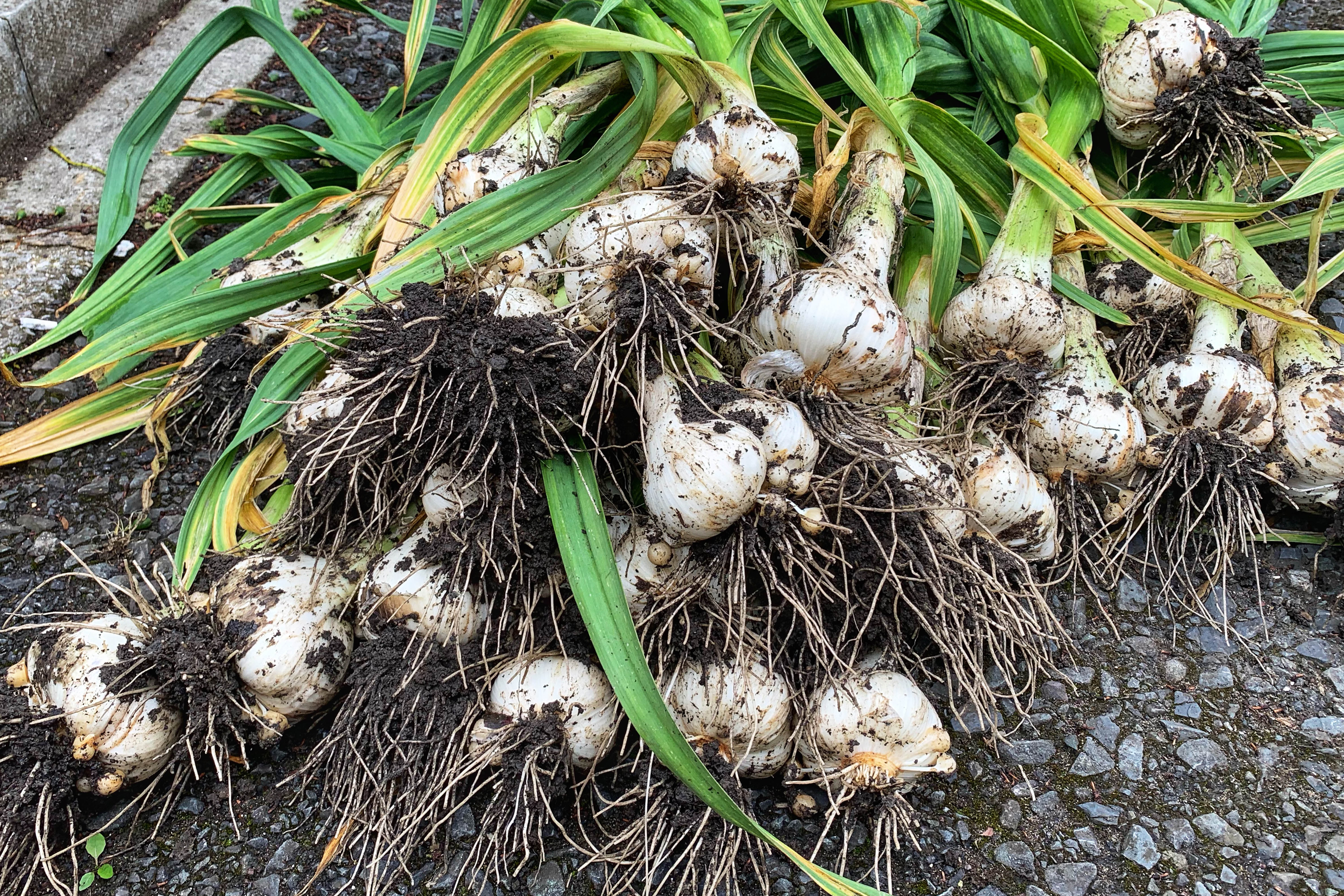
Credit: Getty Images
How to grow garlic: Delicious, lucky and superbly easy to cultivate
Mark Diacono teaches us how to grow garlic.
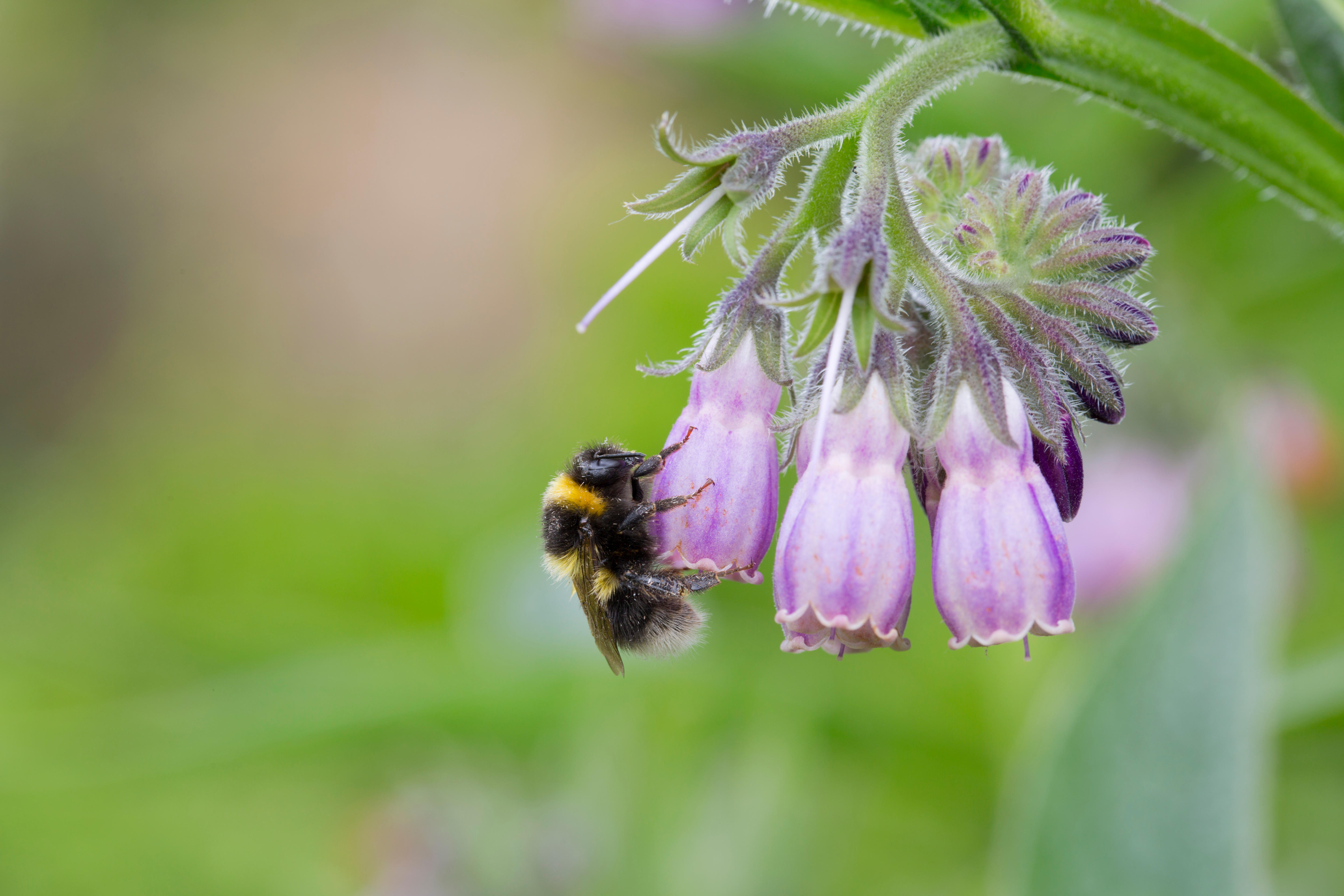
Comfrey: What you need to know about the plant that 'looks like borage a couple of gins into a long weekend'
Mark Diacono on the beautiful and untamed joy of comfrey.
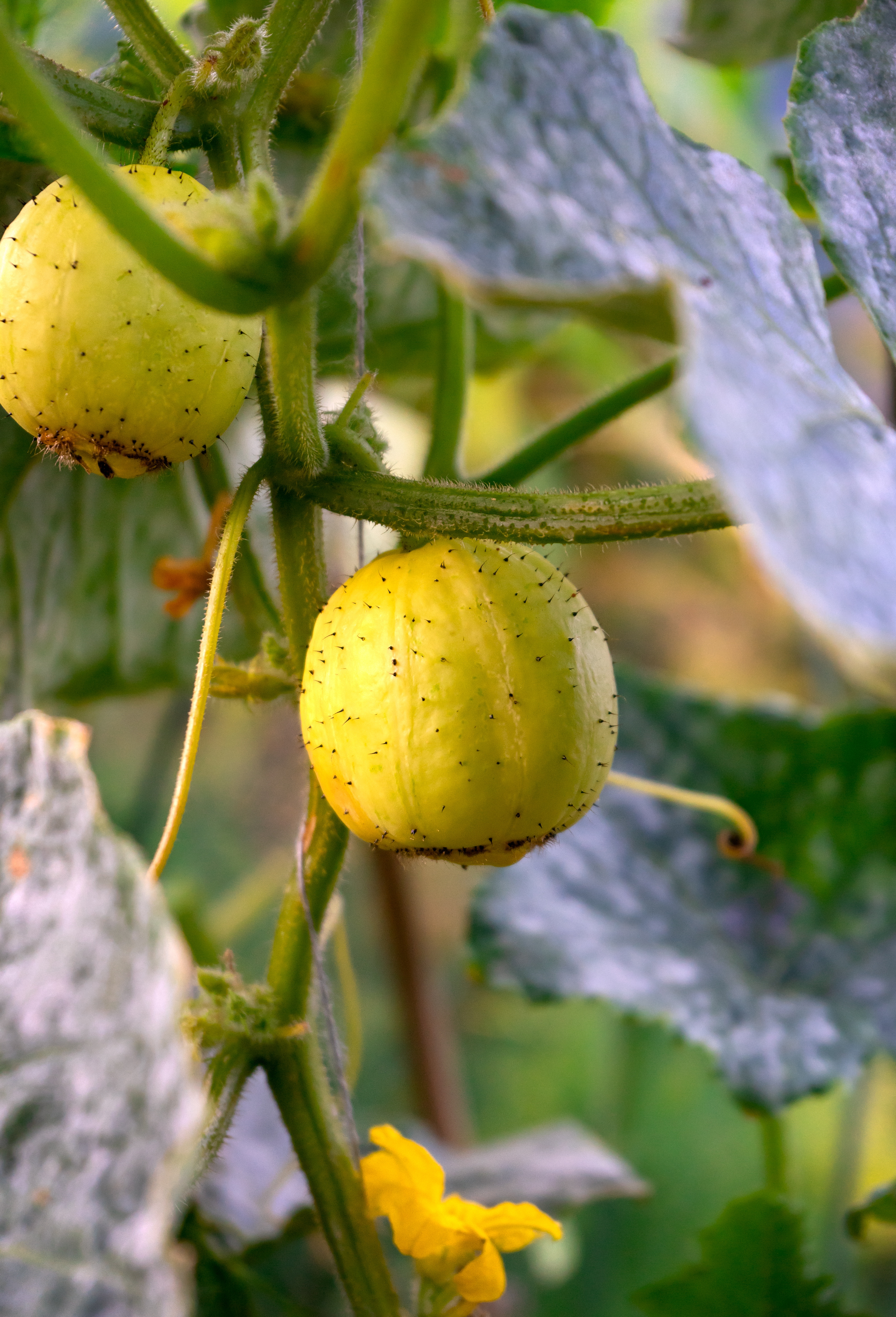
Everything you need to know to grow your own cucumbers
Food writer Mark Diacono shares his tips on how to grow cucumbers and three of his favourite varieties to try.
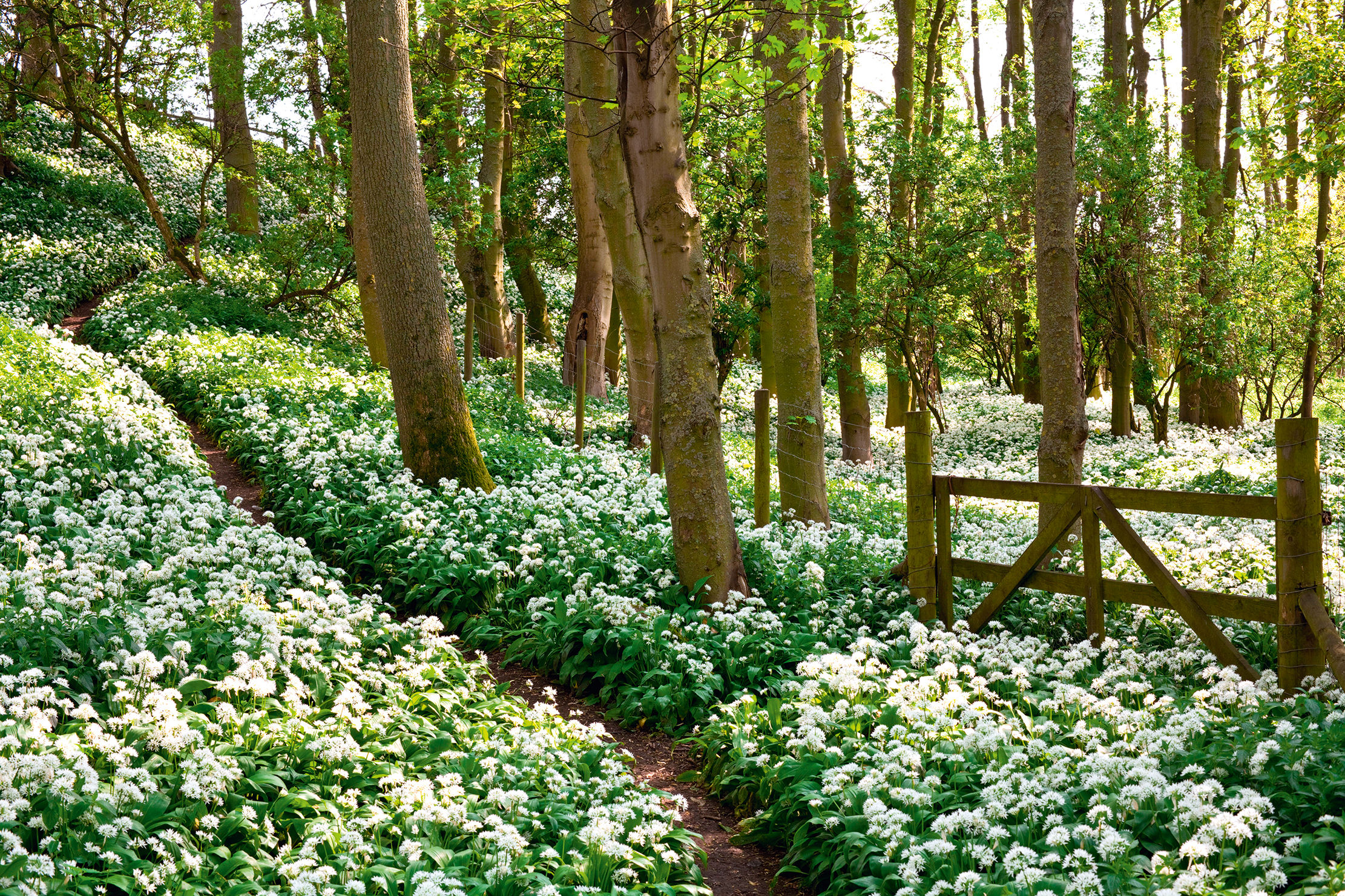
Wild Garlic: How to forage it, and how to grow your own
If you are new to foraging, wild garlic is the ideal place to start says Mark Diacono.
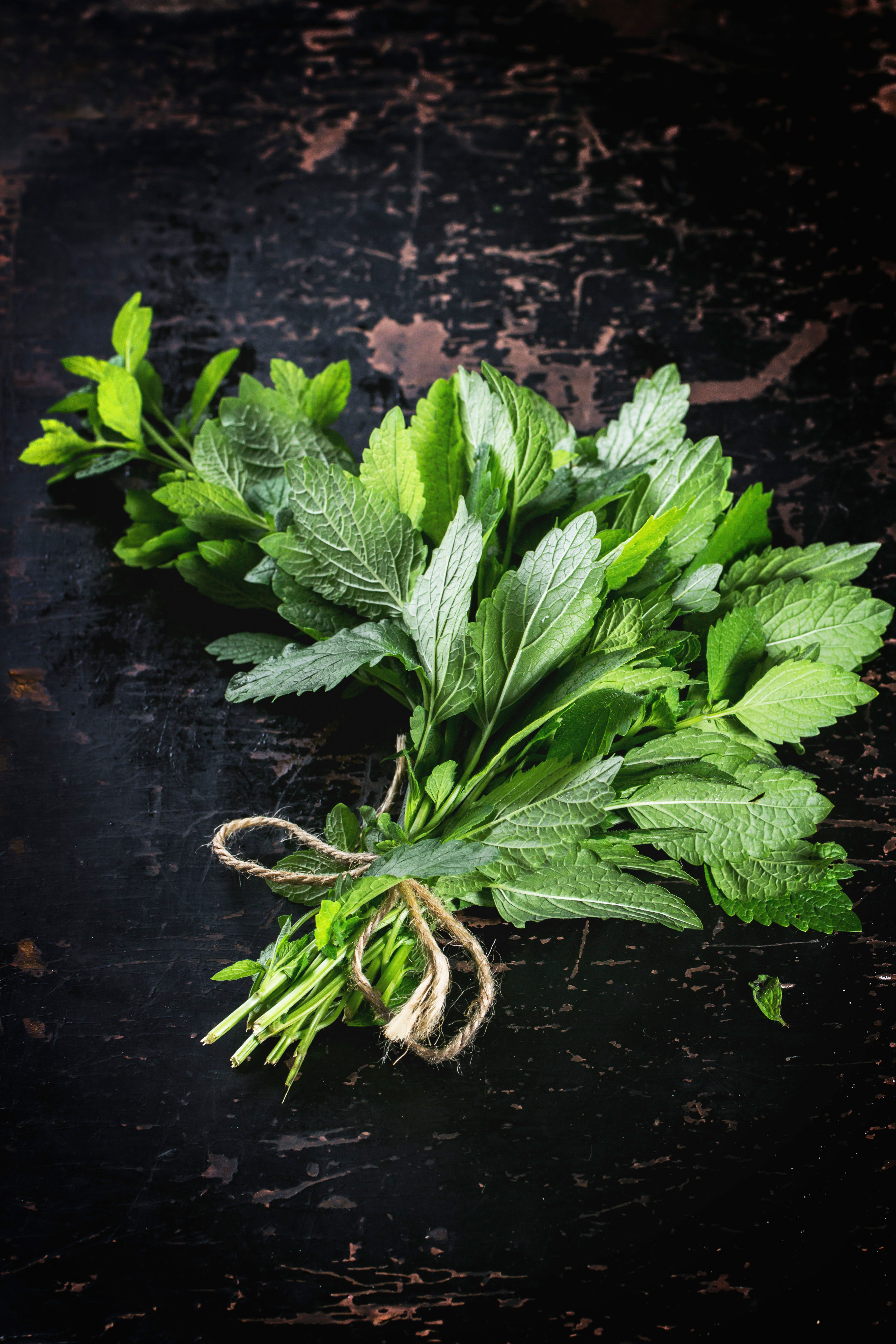
Credit: Alamy
Cultivating mint: What varietals to plant, where to plant them and whether they should be used for jelly or juleps
Mark Diacono explains why mint is for even the incurably incompetent horticultural enthusiast.
Mark is lucky enough to spend most of his time eating, growing, writing and talking about food. He has written fourteen award-winning books, including A Year at Otter Farm and A Taste of the Unexpected (both won Food Book of the Year, and Garden Book of the Year). Known for growing everything from Szechuan pepper to pecans to Asian pears, Mark's refreshing approach to growing and eating has done much to inspire a new generation to grow some of what they eat. He was involved in the early days of River Cottage, appearing in the TV series, and writing four River Cottage books. Mark writes to a global audience on his best-selling Substack: Mark Diacono’s Abundance.
-
 'The ugliness and craziness is a part of its charm': The Country Life guide to Bangkok
'The ugliness and craziness is a part of its charm': The Country Life guide to BangkokWhere to stay, where to eat and what to do in the Thai capital.
-
 There are a billion microbes in a teaspoon of soil. Letting the leaves to Nature feeds and nourishes them... and blasting them with a leaf blower is disastrous
There are a billion microbes in a teaspoon of soil. Letting the leaves to Nature feeds and nourishes them... and blasting them with a leaf blower is disastrousLeaf blowers aren't just futile and polluting — they're actively bad for the health of your garden, not to mention your mental wellbeing. Time to reach for the rake, says Isabel Bannerman.
